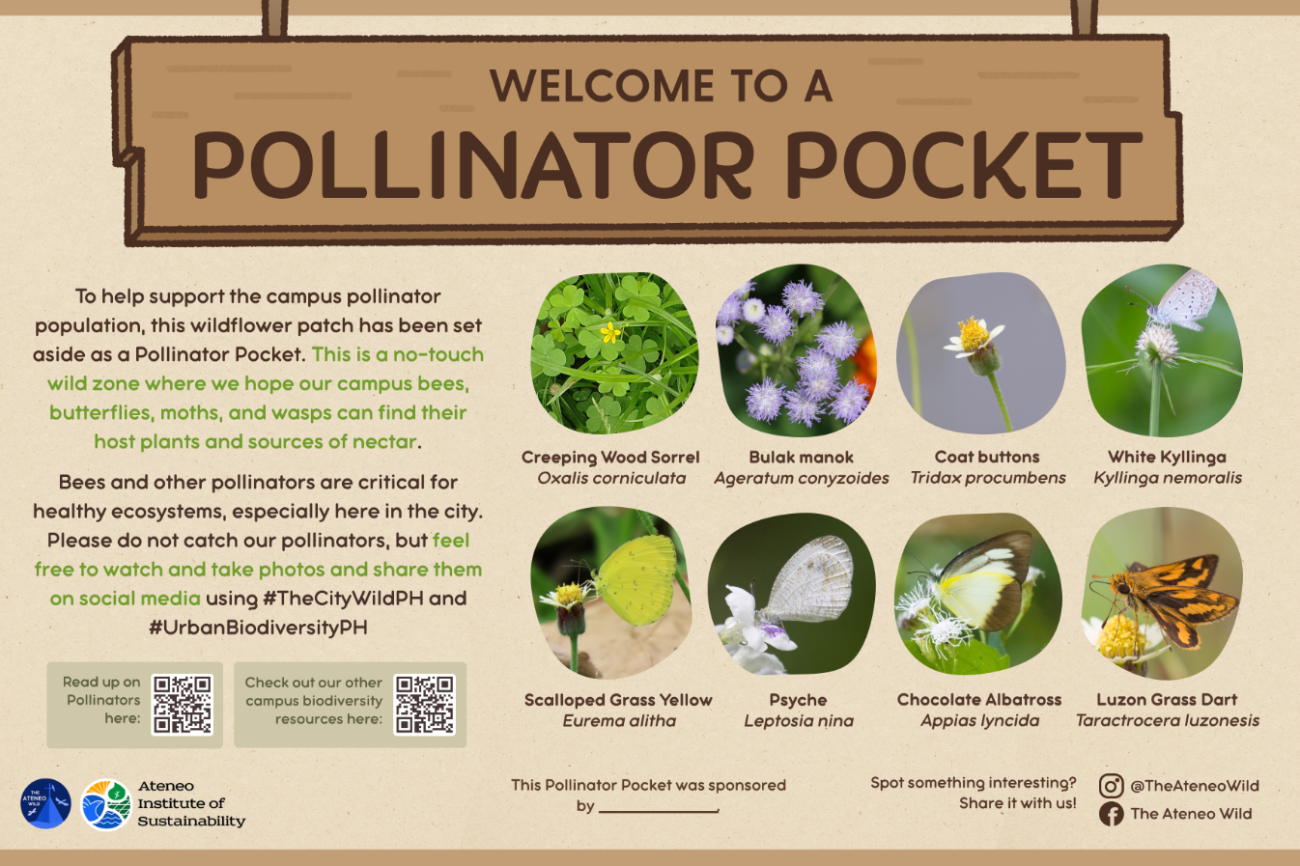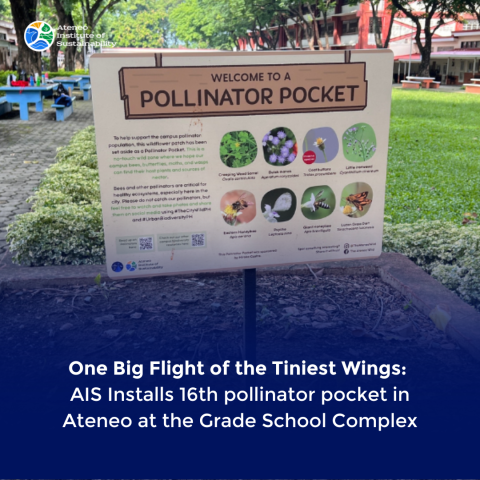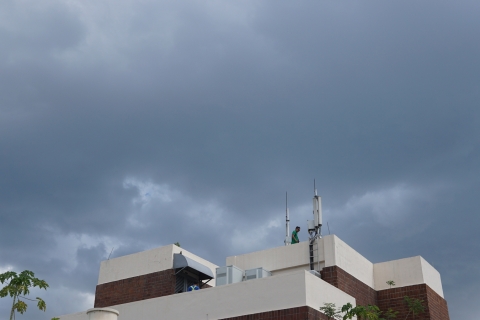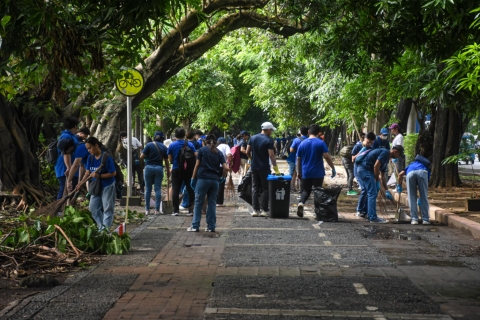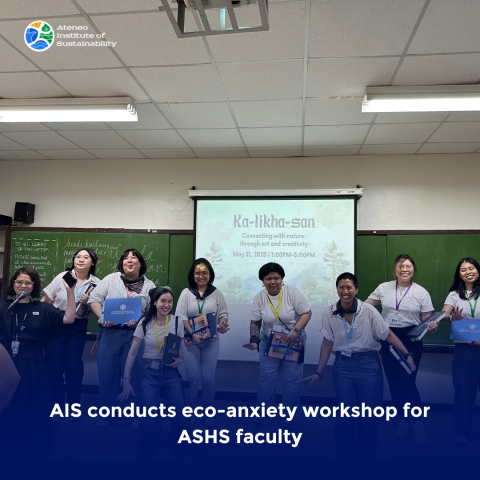Campus ‘pollinator pockets’ are the latest buzz
21 Mar 2022 | Eljay Bautista
The Ateneo de Manila University, which used to be home to bustling crowds of students and teachers alike, now sits with seeming emptiness as nearly two years of the pandemic has kept most of the school population outside the school gates.
This, however, is not the case for much of campus wildlife. The Ateneo Wild, a page present on various social media platforms such as Facebook and Instagram, takes its audience back to the campus through its exploration of the campus’ resident flora and fauna — ranging from the egrets that we would usually see loitering around Bellarmine and SEC field, to the various insects that crawl beneath the undergrowth of the woody areas, and even the native trees and shrubs that grow along the paths of the school.
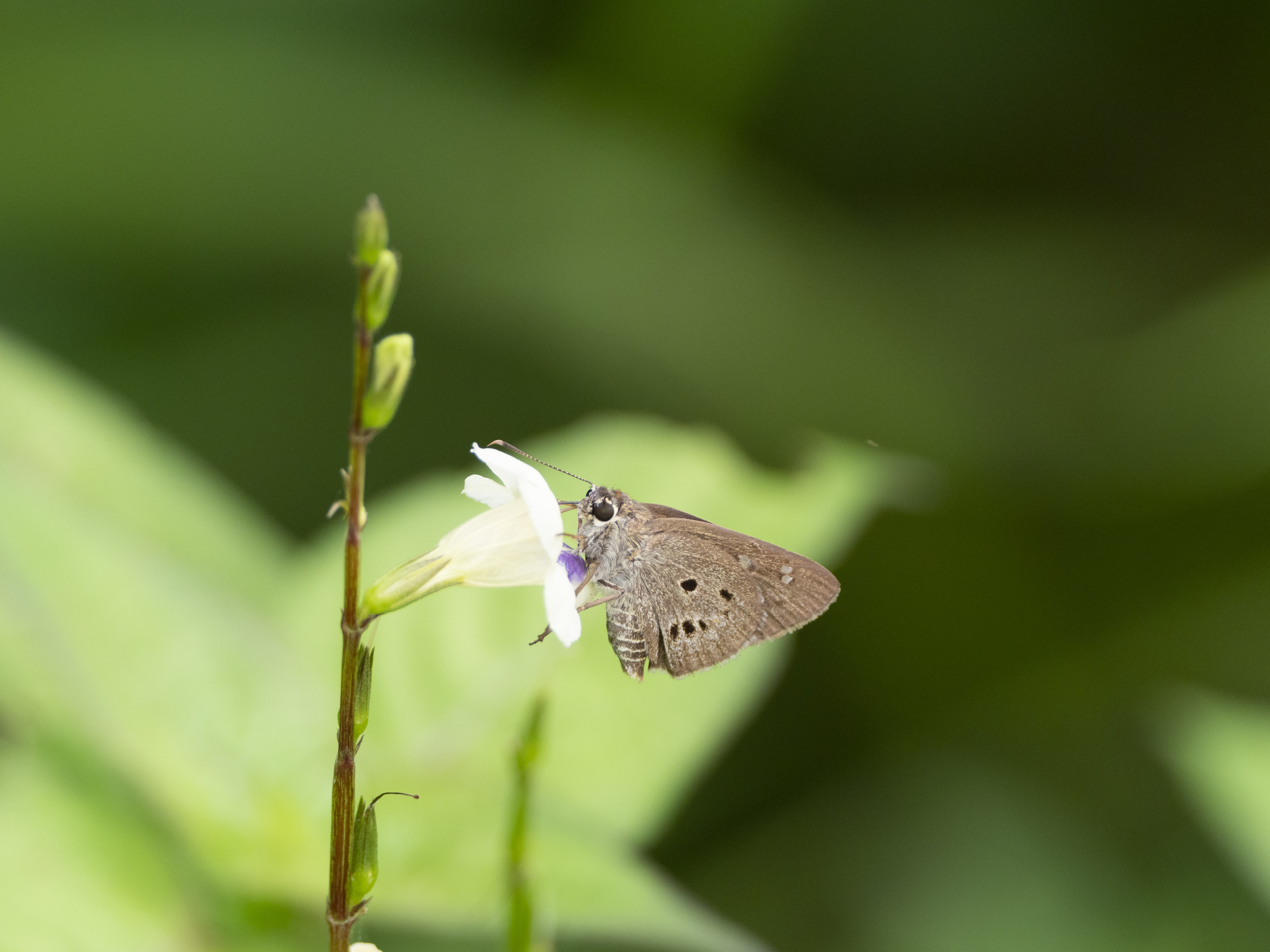
The page showcases some of the different species that continue to thrive in our biologically diverse campus, while also advocating for the continued care and welfare of the wildlife. And thus, the idea of ‘pollinator pockets’ came to be. The pollinator pockets stemmed from visits to the campus where many areas were seen to be growing wildflowers during its shutdown. The massive growth of these wildflower patches attracted different pollinators such as bees, butterflies, and moths among others.
But what exactly are pollinator pockets? I was privileged enough to get in contact with Ms. Janina Castro and Ms. Abby Favis of the Ateneo Institute of Sustainability’s (AIS) campus sustainability program, which spearheaded this pollinator pocket project. They allowed me to look into how the project was first conceived, up to its actualization.
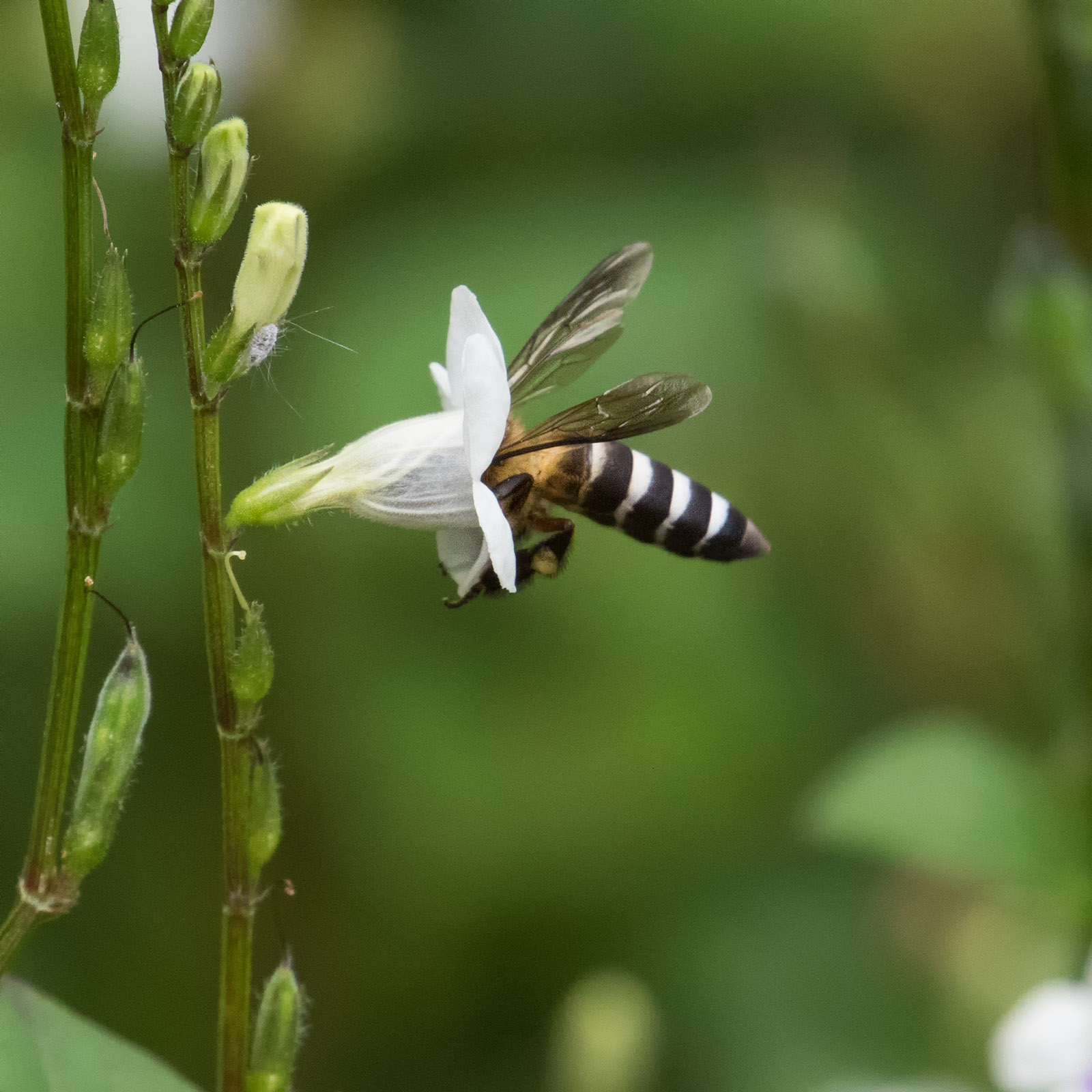
Pollinator pockets patches of land that would serve as safe havens for pollinating insects, free from the usual maintenance and upkeep of the land that normally cuts down and removes these wildflowers. Initially conceptualized in mid-2021, it was only November of the same year that the campus sustainability program was able to realize these pollination pockets through the proof-of-concept pockets. With these pockets found behind the Matteo Ricci building and in the Arboretum of 100 Threatened Trees behind Eliazo Hall, the project initially envisioned five total pollinator pockets, all around one square meter each. These would be placed around areas with high foot traffic so as to garner more attention for the advocacy that the program is pioneering.
Thus in January 2022, the Ateneo Institute of Sustainability (AIS) in partnership with the Ateneo Wild, published a call for donations for the funding of the project. Within only three days of its launch, it had already raised enough funds to support not just the planned pockets, but even opening up the possibility of expanding towards other areas of the ADMU campus such as the Ateneo Grade School and the Ateneo High School.
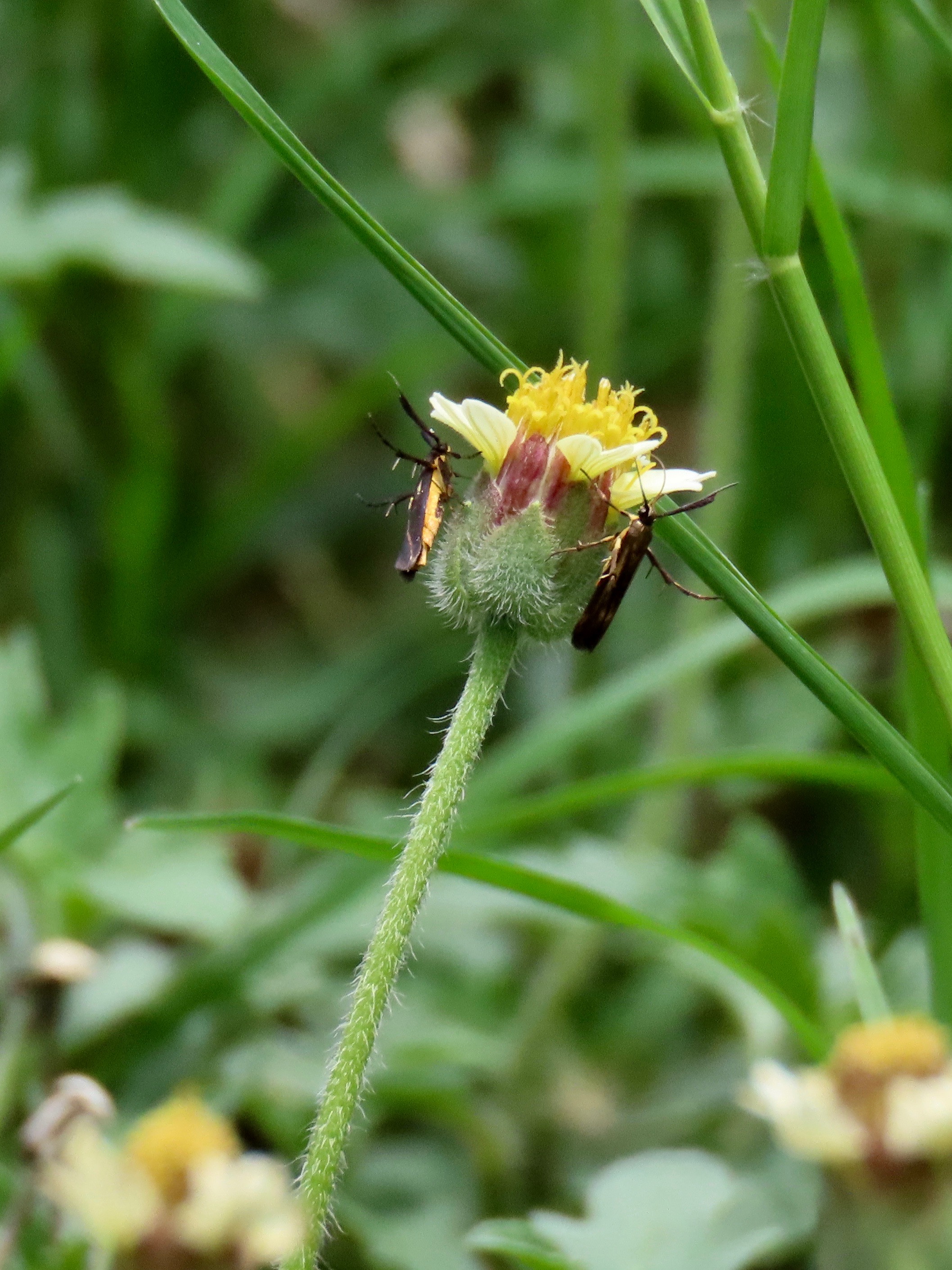
These pollinator pockets are only one of the AIS’ upcoming projects, with Ms. Castro and Ms. Favis dreaming of more innovative methods of nature education on campus. The team is especially taking advantage of the nature spaces in campus while it remains empty due to the campus shutdown. But there is nothing to worry about for those who will be back on campus soon. If anything, these campus sustainability advocates want to surprise all those who come back to campus.
Ms. Castro is quick to remind all of us that “We’re lucky to have this campus, and it’s part of AIS’ goals to bring people closer to nature, and to get people to know more about the campus wildlife. We want to see how we can bridge and build a closer relationship for urban wildlife.” For those who will be coming to campus very soon, there is much to look forward to as the Ateneo slowly reopens its gates for Ateneans to come back home.
Eljay Bautista is a 4 AB Development Studies student at the Loyola Schools.


